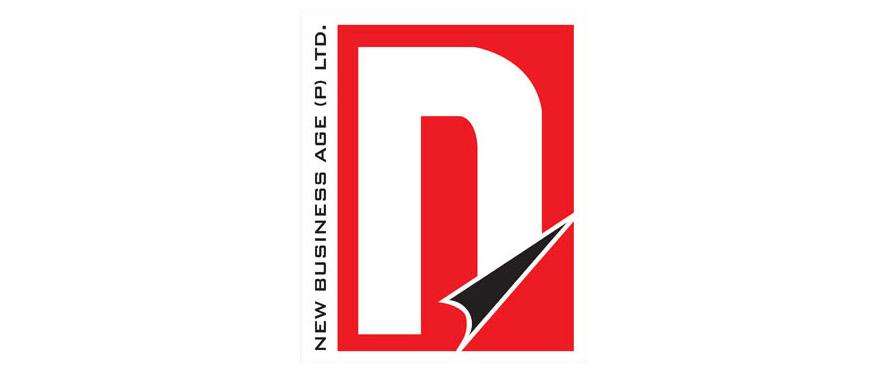Nepal Electricity Authority (NEA) wants to buy electricity from export-oriented projects during the five dry months (December to April). The move is aimed at easing the power outage during winter. The NEA has even made a reasonable offer of up to Rs 10.6 per unit of electricity to procure power from the export-oriented projects. However, when the NEA recently called for proposals from the export-oriented projects to sell electricity during the dry season, it received a lukewarm response.
Only five projects (440 MW Tila I, 420 MW Tila II, 282 MW Manang Marsyangdi, 182 MW Upper Marsyangdi and 400 MW Lower Arun) submitted proposals to the NEA. This number is quite low considering the fact that over two dozen foreign promoters have taken license for construction of hydropower projects in Nepal. Foreign promoters of big hydropower projects like the 900MW Upper Karnali, 900MW Arun III, 600MW Upper Marshyangdi etc did not show interest in NEA’s offer.
A committee has been formed under the deputy head of the Planning Directorate of NEA to study the proposals. The committee will also hold dialogue with promoters of the projects that have submitted proposals. Among the big projects, GMR Energy Limited, India that is constructing 900 MW Upper Karnali and 600 MW Upper Marsyangdi, Sutlej Hydro Power Corporation, India that is developing 900 MW Arun III and Statkraft International Hydro, Norway that is developing 650 MW Tamakoshi III did not submit proposals.
NEA’s attempt to procure electricity from export-oriented projects is laudable as it will ease the power supply situation during the winter. However, all the five projects that have responded to NEA’s offer are run-of-theriver projects; their production will drastically decrease during the winter. It means NEA will need other suppliers as well to meet the energy crisis during the winter. Here, the question is why the foreign promoters of big hydropower projects showed no interest in NEA’s offer.
Do they doubt NEA’s capacity to pay for the electricity purchased? We cannot completely rule out this possibility as NEA’s balance sheet shows that it has been incurring huge annual losses. It is a government-owned company but the government is yet to fully back it. NEA currently earns Rs 8.05 per unit on an average by selling electricity. So, the export-oriented projects which did not submit proposals to sell electricity to NEA might have pondered how NEA was going to pay Rs 10.60 per unit to procure electricity.
NEA has been responsible for generation, transmission and distribution of electricity in the country for more than last two decades. It was established in 1985 after three independent government bodies, namely: the Electricity Department, Electricity Board and Nepal Electricity Corporation merged. This intervention was suitable at that time because the generation capacity of the country was small and less human resource was employed in these organisations.
Sadly, as it is often the case, services provided by government monopolies lead to losses due to inefficient management, overstaffing, institutional corruption, and politicization. The financial haemorrhage of NEA in the last three decades of its establishment has compelled everyone to look for alternative ways of reducing these losses. One of the ways of doing that is unbundling infrastructure services vertically, so that the services are provided efficiently and in a competitive manner.
The government has already come up with a plan for functional unbundling of NEA in three different segments — generation, transmission and distribution. However, it is still a plan which exists on paper only and is strongly opposed by top NEA staff. The government needs to implement this plan.
Newsletter Subscribe to our news letter for daily news directly in your Mail box.
© 2025 New Business Age Ltd. All rights reserved.













